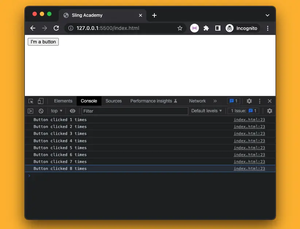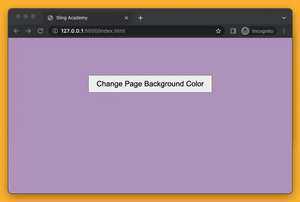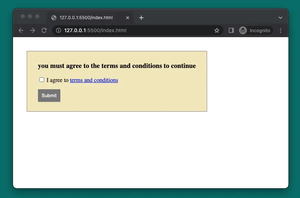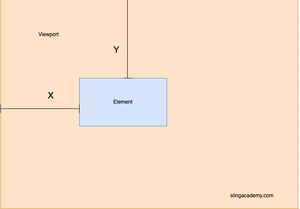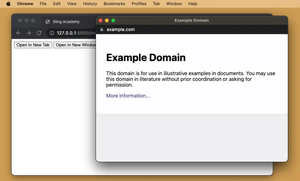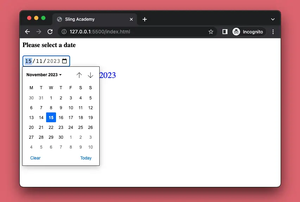A query string is part of a URL (Uniform Resource Locator) that contains data or parameters to be passed to a web application. The query string starts with a question mark (?) and is followed by key-value pairs separated by an ampersand (&).
This concise, example-based article will walk you through a couple of different approaches to passing a JavaScript array within a query string.
Using the JSON.stringify() method
We can use the JSON.stringify() method to convert the array into a string and pass it as a parameter in the query string. On the receiving end, we can parse the JSON string back into an array using the JSON.parse() method.
Example:
// an array of ids
const ids = [1, 2, 3, 4, 5];
//converting array to a string and passing it as a parameter in the query string
const queryString = '?ids=' + encodeURIComponent(JSON.stringify(ids));
const myUrl = 'https://www.example.com/products' + queryString;
console.log(myUrl)Output:
https://www.example.com/products?ids=%5B1%2C2%2C3%2C4%2C5%5DThe encodeURIComponent() function allows you to encode special characters in your query string that would otherwise change the meaning of your query string. Characters like +, /, and & are special.
You can extract and get back the array of ids like so:
// create a URL object from the string
const url = new URL(myUrl);
// get the query string
const receivedQueryString = url.searchParams.get('ids');
// convert the query string to an array
const receivedIds = JSON.parse(receivedQueryString);
console.log(receivedIds);Using the join() method
Caution: Don’t use this technique if your array contains special characters like commas or semicolons because it will not work as expected.
An alternative approach is to use the join() method to convert the array into a string with a separator and pass it as a parameter in the query string. On the receiving end, we can split the string back into an array using the split() method.
Example:
//creating an array of strings
const fruits = ['apple', 'banana', 'mango', 'orange'];
//converting array to a string and passing it as a parameter in the query string
const queryString = '?fruits=' + fruits.join(',');
const url = 'https://www.slingacademy.com/fruits' + queryString;
console.log(url)Output:
https://www.slingacademy.com/fruits?fruits=apple,banana,mango,orangeIf you want your URL to look cooler and more professional, just call the encodeURIComponent() function:
//creating an array of strings
const fruits = ['apple', 'banana', 'mango', 'orange'];
//converting array to a string and passing it as a parameter in the query string
let queryString = '?fruits=' + fruits.join(',');
// call the encodeURIComponent() function
queryString = encodeURIComponent(queryString);
const url = 'https://www.slingacademy.com/fruits' + queryString;
console.log(url)And the result will become this:
https://www.slingacademy.com/fruits%3Ffruits%3Dapple%2Cbanana%2Cmango%2CorangeOn the receiving end (a backend API, for example), you can get back the array like so:
const urlObject = new URL(url);
const fruitsArray = urlObject.searchParams.get('fruits').split(',');
console.log(fruitsArray)That’s it. Happy coding & have a nice day!


